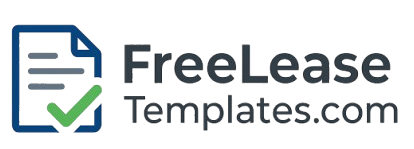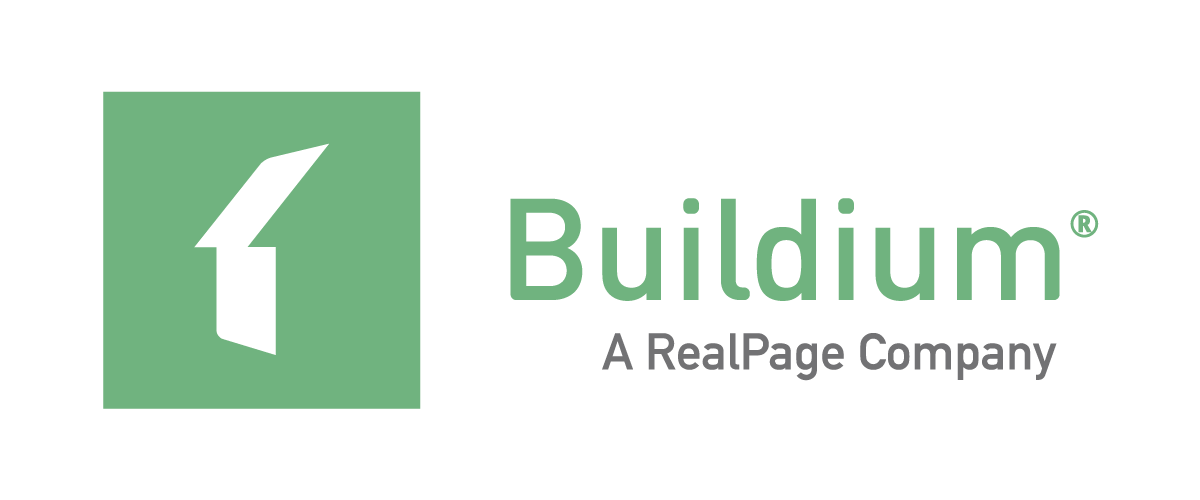Setting the perfect rent price in 2025 is still the #1 thing that separates amateur landlords from the ones who actually build wealth. Charge too much → endless vacancies. Charge too little → you’re quietly losing thousands every year.
Here’s the exact step-by-step process professional landlords use today to price units confidently and maximize profit — all with free or nearly-free tools.
1. Pull Real Comps with the Best Free (and Paid) Tools in 2025
Forget guessing. Here are the tools actually worth your time right now:
- Zillow Rental Manager → Shows active listings + “Zestimate” for rent (surprisingly accurate in most metros)
- Apartments.com / HotPads → Massive inventory + heat maps
- RentCast.io → Best free/paid comp tool (pulls MLS + public records; free tier gives 10 reports/month)
- Rentometer Pro → Quick summary + 12-month trend graph
- Craigslist & Facebook Marketplace → What real landlords are actually asking today
- Realtor.com & Redfin → Often shows “days on market” so you can see what’s actually renting fast
Pro move: Screenshot 8–12 comparable units (same bedroom/bath, similar year built, within 0.5–1 mile) and average the asking rents. Then shave 3–5% off the average for a faster lease-up.
2. Calculate Your True Break-Even (Most Landlords Forget Half the Costs)
Use this simple formula so you never lose money:
Minimum Rent Needed = (All Annual Costs ÷ 12) ÷ 0.92 (The 0.92 accounts for ~8% average vacancy + maintenance)
Annual costs to include in 2025:
- Mortgage (PITI)
- Property taxes (they’re rising fast in most states)
- Insurance (up 20–40% since 2023 in many areas)
- HOA/condo fees
- CapEx reserve (8–12% of rent for future repairs)
- Property management (even if self-managing, budget 8–10% of rent for your time)
- Utilities you pay
- Lawn/snow, pest control, etc.
Landlord Cart Tip: The built-in Budget vs Actual tracker automatically categorizes every expense and shows you exactly what rent you need to cover everything + your desired profit margin.
3. Choose Your Pricing Strategy (Pick One)
A) Maximize Cash Flow → Set rent at the 95th percentile of comps. Expect 30–45 days vacancy. B) Minimize Vacancy → Price at the 25th–35th percentile. Units lease in <10 days, great for expensive markets. C) Balanced (Recommended for 1–10 units) → Price 3–5% below average market. You’ll get multiple applications in the first weekend and keep turnover low.
4. Use the “Renewal Sweet Spot” to Keep Great Tenants Forever
- Average tenant turnover costs $2,500–$5,000 (cleaning, repairs, vacancy, leasing time).
- Raising rent only 3–5% per year (or even $0 some years) often keeps excellent tenants 5+ years.
- In hot markets, you can still raise 7–10% and stay competitive if you give 90–120 days notice and explain improvements.
5. Adjust Every Year Like Clockwork
Set a recurring calendar reminder for 90–120 days before every lease ends:
- Re-run comps
- Check your actual expenses from the last 12 months
- Factor in any upgrades (new floors, appliances, etc. usually justify +$75–$200/month)
- Look at inflation (national rent growth is running ~3.8% in 2025)
Quick 2025 Rent-Setting Checklist
□ Pulled 10+ recent comps from 3 sources
□ Calculated true break-even + desired profit
□ Chose pricing strategy (max cash / min vacancy / balanced)
□ Factored in planned improvements
□ Decided renewal increase (or $0 increase for A+ tenant)
□ Prepared rent-increase letter with market data (tenants accept it better)
Price your units like this and you’ll rent faster, keep better tenants, and pocket thousands more every year — without ever guessing.





